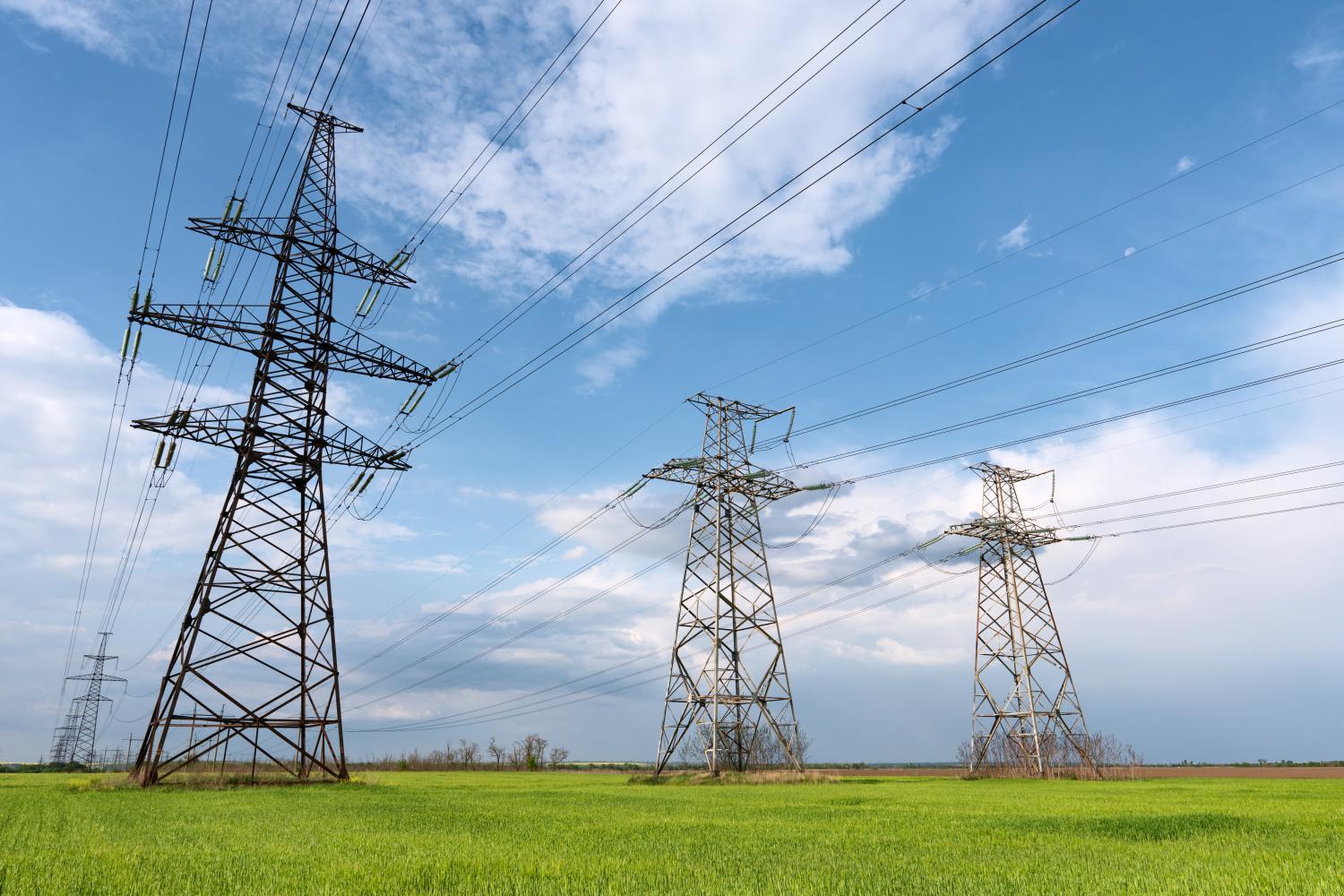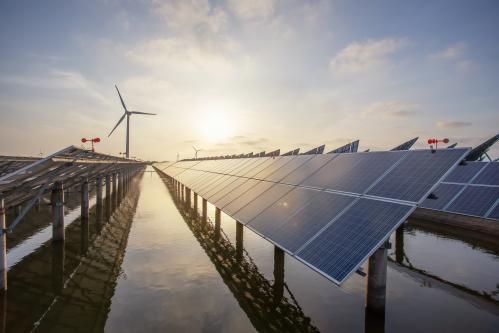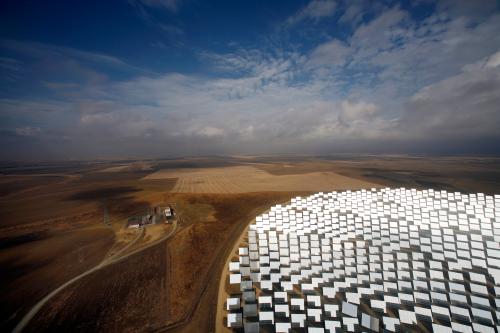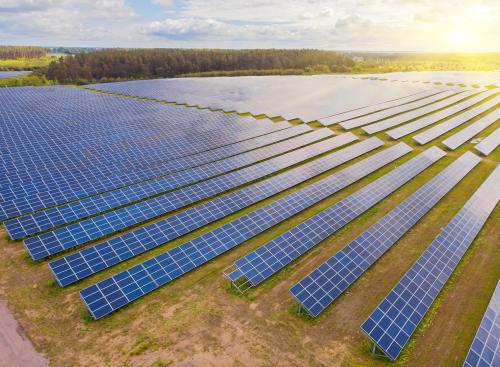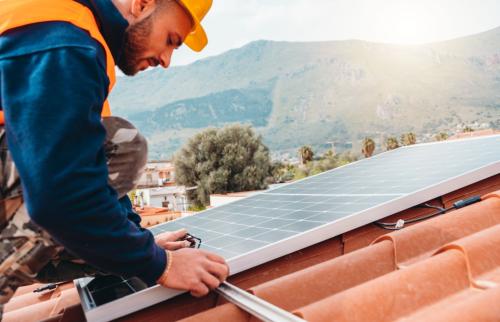Executive Summary
As we laid out in a previous article, the process for the permitting of renewable energy generation and electric transmission projects in the United States is multi-layered and often extremely long. If the U.S. is to achieve its climate ambitions and fully implement transformative legislation like the Inflation Reduction Act, Congress will also have to enable a massively accelerated build-out of clean energy infrastructure.
At the same time, valuable environmental safeguards, and the established public participatory and related administrative processes used to adopt and implement them, cannot simply be sidestepped. Congress should approach federal permitting reform in a way that maximizes efficiency in government decisionmaking through shorter timelines for regulatory approvals without sacrificing the value of the current process in protecting the environment and local stakeholders. Further, it is essential that reforms are evidence-based in targeting the major sources of current delays. Our research in this article indicates that striking such a balance is possible—a targeted set of six reforms laid out here could significantly accelerate federal permitting for clean energy infrastructure, without compromising environmental protections.
Permitting reforms will also need to be able to attract bipartisan support to pass through Congress. The most recent high-profile attempt at permitting reform by Senator Joe Manchin (D-WV) was not palatable to both progressive Democrats, who argued it would eliminate environmental protections, and to Republicans, who, among other concerns, argued that it was a federal power grab and that it did not go far enough in reducing regulatory red tape.
In this article, we provide an analysis of the specific points of delay within the federal permitting process for clean energy infrastructure. We then discuss six major areas of potential reform, including evaluations of existing reform provisions on the table, such as Senator Manchin’s proposed legislation. In each area, we provide policy options that would make a significant impact on shortening permitting timelines, avoid affecting the integrity of environmental review, and attract support across the political spectrum. We conclude with options for permitting reform at the local and state levels, both of which have important planning and compliance roles in clean energy infrastructure development, making them critical pieces of the puzzle. Below are the highlights of the policy options we present:
Policy Roadmap
- A significant expansion of federal planning, general permitting, and programmatic review would accelerate the permitting process for clean energy infrastructure in the long term.
- Under such a program, Congress could direct federal land-management agencies to prepare national-level maps of environmental sensitivity, with corresponding pre-designated “go-to areas” for renewable energy projects in areas of lowest environmental sensitivity.
- Congress could also direct federal land-management agencies to prepare programmatic environmental impact statement reports for low-sensitivity areas with high potential for renewable energy infrastructure, and if it does so, it should appropriate sufficient funding for these mapping and reviewing functions.
- Furthermore, the U.S. Army Corps of Engineers could expand Clean Water Act Section 404 general permitting to include offshore wind transmission line construction.
- Siting authority for all interstate transmission lines could be federalized with the Federal Energy Regulatory Commission (FERC). Interstate transmission lines are critical for decarbonization of the U.S., with national benefits but local costs, that are frequently rejected by state authorities. Natural gas pipelines have similar cost-benefit tradeoffs, but they are permitted much faster due to FERC’s existing siting authority over them. Expanding FERC’s partial, pre-existing backstop authority over transmission lines to complete siting authority is therefore a step with precedent and high expected benefits. FERC could also ensure that interstate transmission lines allocate a fair fraction of their capacity to the states and communities through which they pass, thereby increasing local support for transmission and more equitably distributing its benefits.
- The Biden administration could conduct a staff capacity, funding, and technology needs assessment across agencies involved with critical permitting for clean energy. If the assessment finds substantial gaps, Congress could appropriate funds to increase resources available to these agencies, earmarking them for permitting capacity.
- Congress could transfer initial authority for Clean Air Act permitting for offshore wind from the Environmental Protection Agency (EPA) to the Bureau of Ocean Energy Management (BOEM) within the Department of the Interior. Such a step would help shorten a part of the permitting timeline for offshore wind and bring it on fairer footing with the treatment of Clean Air Act permitting for offshore fossil fuel production, an industry that generates much more pollution. Congress could also create a separate legislative title for offshore wind under the Outer Continental Shelf Lands Act (OCSLA), thereby improving planning, permitting, and leasing processes.
- Congress could support multi-agency coordination by allocating additional funding to the Federal Permitting Improvement Steering Council (FPISC), and by expanding its scope to cover mid-sized as well as large clean energy projects. Further, all agencies could adopt the process of lead agency coordination of multi-agency reviews created by Title 41 of the Fixing America’s Surface Transportation Act (FAST-41).
- Congress could proceed with narrow reforms to the National Environmental Policy Act (NEPA):
- Narrow expansions of categorical exclusions under NEPA, as detailed by the Bipartisan Policy Center, are likely to accelerate some permitting actions. An overly aggressive expansion of categorical exclusions may not have beneficial effects, as categorical exclusions are already widely used, and misclassifying projects that deserve a higher level of review may not necessarily shorten permitting timelines.
- Strict and automatically-enforced NEPA time limits for pre-designated low-environmental-sensitivity areas for clean energy infrastructure, modeled on a recent European Union plan, are likely to significantly accelerate clean energy permitting and deployment. Broader time or page limits on NEPA reviews without further study and targeting are unlikely to be helpful.
- Congress could direct legal challenges to solar, wind, and transmission infrastructure Environmental Impact Statements (EIS) directly to the federal Court of Appeals for the D.C. Circuit to expedite approval of large clean energy infrastructure projects, as suggested by James Coleman. Any broader limitations on NEPA litigation may have unintended consequences, as the evidence of excessive frivolous litigation or excessive litigation-induced delay is currently mixed.
Download the full report here.
The Brookings Institution is financed through the support of a diverse array of foundations, corporations, governments, individuals, as well as an endowment. A list of donors can be found in our annual reports published online here. The findings, interpretations, and conclusions in this report are solely those of its author(s) and are not influenced by any donation.
The Brookings Institution is committed to quality, independence, and impact.
We are supported by a diverse array of funders. In line with our values and policies, each Brookings publication represents the sole views of its author(s).



